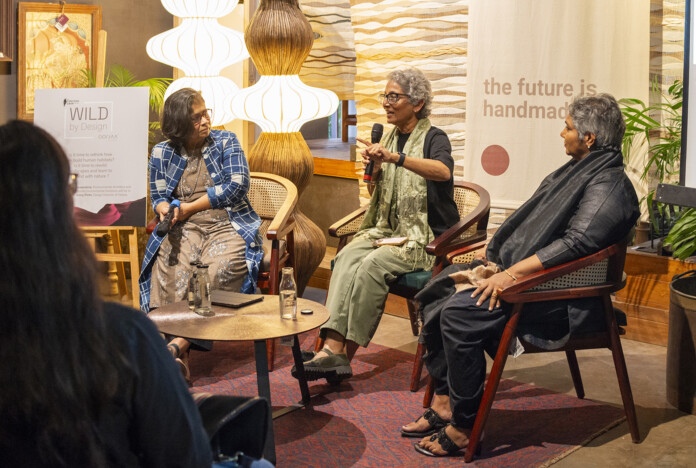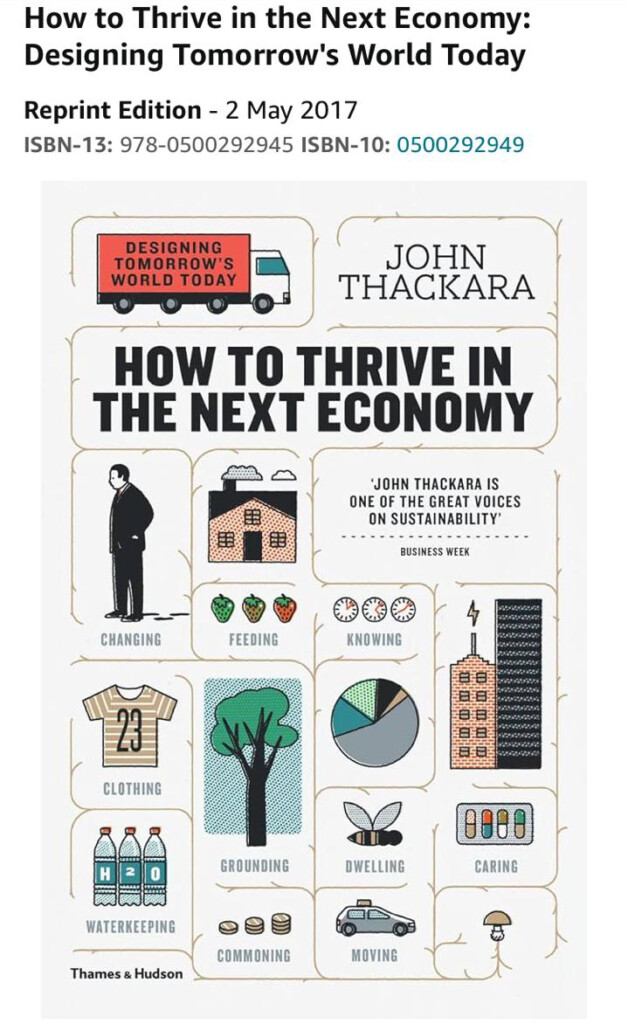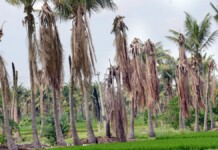A group of architects, writers and environmentalists were keen to learn how to initiate this transition during a recent evening talk organized by Curious Crows, a platform for conversations on sustainable living and circular design, founded by Oorjaa in 2019. Jenny Pinto, creative head of Oorja, the author of The Magical Everything, anchored a session with Sunela Jayewardene, environmental architect in Colombo and Chitra Vishwanath, Biome Environmental Solutions.
Highlights
A big reason for poor air quality in Indian cities and towns, biodiversity loss and climate change is that architects have been looking at nature as an ornamental feature for humans’ recreational purposes. To change this, we need landscapes which can coexist with Nature. Rewilding, where nature is allowed to regrow in its way, can change this scenario quickly. The experience during the recent coronavirus pandemic proved this.
There are enough studies to prove that bringing nature into urban areas and blurring the lines between wild and urban is beneficial to the health and well-being of citizens and has a huge impact on climate mitigation and adaptation.
The experience of revival and now maintenance of Jakkur Lake in Bengaluru has proven that effectively managing water and solid waste is key to encouraging biodiversity in urban areas. Chitra showed how the rejuvenation of the Jakkur lake has increased the number of migratory birds and the urban wildlife is coming back.
Care for Surrounding Villages
John Thackara, in his famous book ‘How to Thrive in the Next Economy’, argues that the future well-being of urban centers will depend hugely on how it treats the regions surrounding them. Villages around towns grow food, supply dairy, and provide several ecosystem services. Yet, citizens and governments show disregard and brazenly intrude into their land for expansion of the city limits. John argues that towns should make the well-being of their bioregions their responsibility and care for them.











